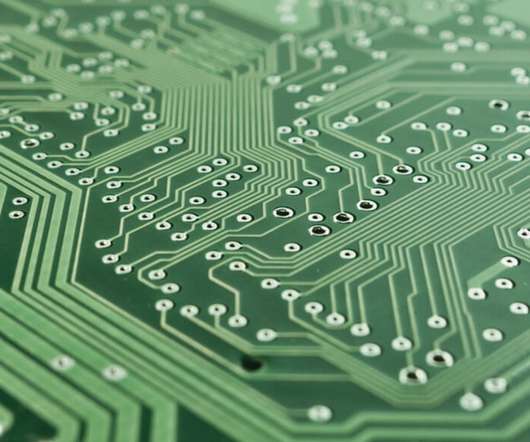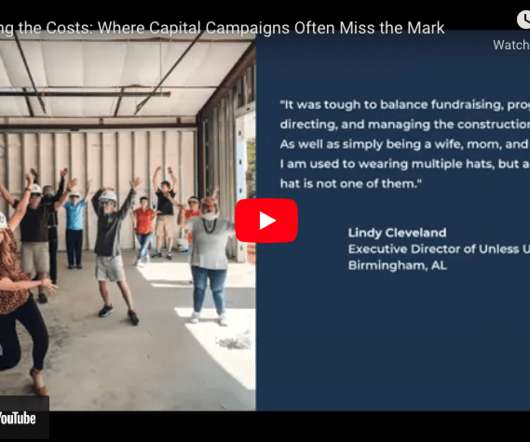Haiti Earthquake: Orphans, Crisis Mapping, and Tech Volunteers
Beth's Blog: How Nonprofits Can Use Social Media
JANUARY 16, 2010
I've had some posts in pipeline following up on social media metrics and the Chase Community Giving Contest second phase, but wanted to share these two stories from Haiti from on the ground and a bird's eye view. I'm going back to Haiti in the next few days and need help to give hands-on help to our kids and the townspeople.
































Let's personalize your content